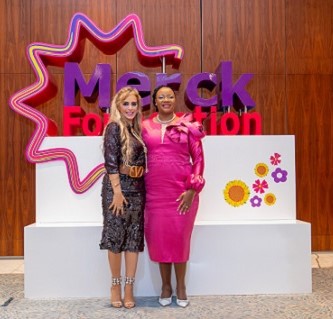The Royal College of Midwives (RCM) has welcomed the NICE publication Safe Midwifery Staffing for Maternity Settings and is pleased that many of the recommendations it made to NICE have been taken into account.
If used wisely, this guidance should be very helpful to organisations providing maternity services, as it underlines the importance of ensuring that enough staff are available at all times to meet the needs of mothers and babies in the antenatal, labour and postnatal periods.
The RCM is also reassured that the report outlines the clear responsibilities of Trust Boards to certify that a sufficient number of midwives are available, and is satisfied that the importance of the entire maternity pathway is acknowledged.
The report does not give precise ratios of midwives; this is because, at a local level, maternity services are provided in a wide variety of ways and the workforce required in different localities will vary. Each maternity service will therefore need to calculate its own requirements and monitor these according to the detailed process given in the report.
Cathy Warwick, CEO of the RCM, said:
'I welcome this guidance, which should help to ensure that maternity services have safe staffing levels that are monitored on a regular basis, and adjusted according to local need. The RCM will be developing resources to assist with this. The report highlights the vital importance of having adequate staffing in the antenatal and postnatal periods, as well as in labour, which is also very helpful as it means it will no longer be acceptable for midwives working in antenatal and postnatal areas to be asked to cover regularly for deficiencies on the labour ward.
'I am glad that the guidance focuses primarily on the needs of women and babies, and the necessity of making time to give them individualised care: this will make sure that women and babies get the care they deserve.
'Two challenges emerge from the report. For the guidance to have maximum impact, maternity services will need to gather data both on 'red flags' and on safe midwifery staffing indicators, which some services will find difficult, given the limited availability of sophisticated IT systems. Also, it is very clear that there is limited evidence on the impact of staffing levels on outcomes in maternity services. The RCM hopes that there will be more funding for research in this area.'
















